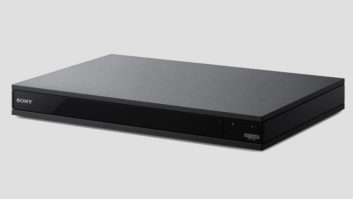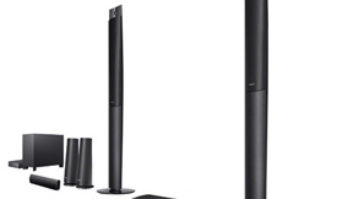Bellevue, Wash. — A standard for high speed Bluetooth that will allow video streaming over Bluetooth is expected to be approved in April, leading to new products with the feature by 2010, and possibly at CES next year, said the Bluetooth Special Interest Group (SIG).
The new Bluetooth 3.0 + HS (high speed) standard would enable portables of many types to stream video to a TV. Users might bring a laptop into the car and stream video to a mobile video screen. Or they could stream from a camcorder to a widescreen TV.
The standard would also provide faster audio and data streaming, at 50 megabits/second, or about ten times the current rate. Presently it might require days to download one’s full music library to an MP3 player via Bluetooth, but under the new standard, the task might take an hour, said the SIG.
The standard uses 802.11 Wi-Fi technology combined with Bluetooth profiles for directing the flow of audio, video and data between devices. In the future, the SIG will create a standard for Bluetooth over Ultra-Wideband that will deliver audio at speeds 100 times the current rate or at 480 megabits/second.
Parrot demonstrated video over Bluetooth at International CES in the form of a wireless rear vision back up camera for the car. It sent an image from the camera on the rear bumper to the screen in front of the driver, eliminating the need to run wires through the car’s headliner. There are other RF wireless cameras on the market but they are unreliable as they are subject to interference, said Parrot. Bluetooth automatically senses interference and hops to a clear frequency so it is a more reliable system, said Parrot and the Bluetooth SIG.
Parrot said it is in talks with various car manufacturers to offer the camera as an OEM feature and may offer it to the aftermarket in the future.
Parrot said it has shared its Bluetooth video technology with the Bluetooth SIG and will be able to adjust its technology to the standard chosen by the group.







